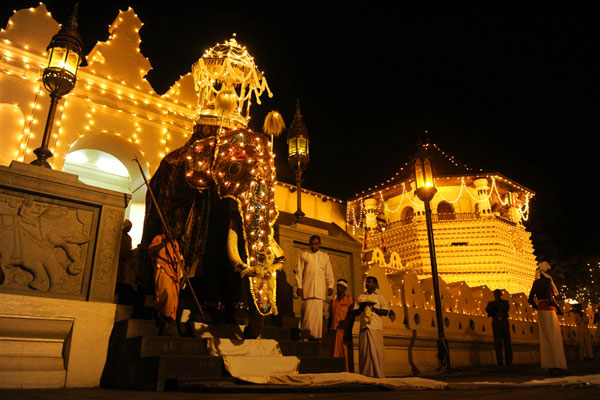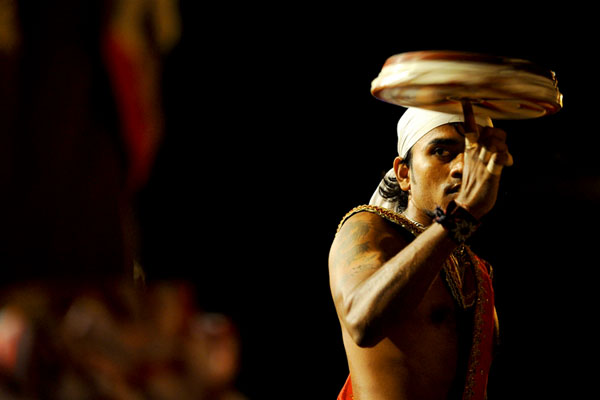Reply To:
Name - Reply Comment
Last Updated : 2024-04-20 09:39:00

.jpg) By Gamini Jayasinghe
By Gamini Jayasinghe.jpg)

| " After five nights of Kumbal Perahera the Randoli Perahera begins and continues for another five nights. Randoli literally means queens’ palanquins. Palanquins are symbols of consorts, the deities or queens of the reigning kings. In ancient Sri Lanka palanquins were used to carry important persons. Priests’ palanquins were known as “Koonamas”. " |
.jpg)
Sanjay Karuna Tuesday, 20 August 2013 05:30 AM
The Esala Perahera, embodies the Sense of Community there existed between Hindu Religion and Sinhala Culture. What has happened in the recent Past to destroy that Rapport, which once made this Country Great ?

Add comment
Comments will be edited (grammar, spelling and slang) and authorized at the discretion of Daily Mirror online. The website also has the right not to publish selected comments.
Reply To:
Name - Reply Comment
On March 26, a couple arriving from Thailand was arrested with 88 live animal
According to villagers from Naula-Moragolla out of 105 families 80 can afford
Is the situation in Sri Lanka so grim that locals harbour hope that they coul
A recent post on social media revealed that three purple-faced langurs near t